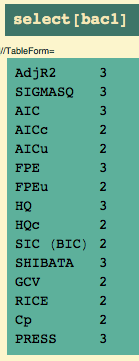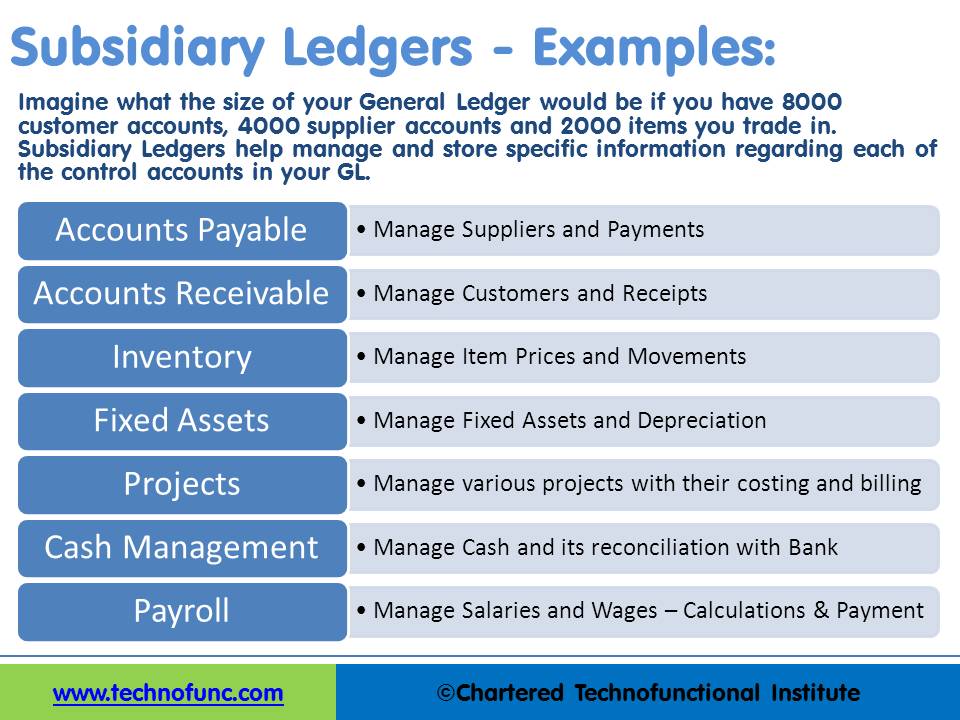
If the person is required to render their services personally, this is a strong indication that they are an employee. In general, workers who score high on the test are more likely to be classified as an IC, while those who score lower are more likely to be classified as employees. You need to establish their role and responsibilities, prepare their work station and work out if they will need training, independent contractor vs employee amongst other things (check out this hiring process checklist template for more info on this). Join us in person and online for events that address timely topics and key business considerations. Browse our thought leadership, events and news for insights and a point of view on business-critical topics. With all these duties and responsibilities, why would any employer opt for employment?
- Employees will be bound by the value statement of their employer and will receive their supervision, work hours and requirements from their employer.
- By definition, an independent contractor, also known as an IC, is an individual who provides services to the general public under a contract.
- An employee is someone who works for a company in exchange for wages and other benefits.
- The Ultimate Independent Contractor vs Employee Checklist will help you with that.
- The IRS 20 point test can be a valuable tool in understanding the complex issue of employee classification.
- Employees are protected by labor laws, and they are expected to work according to the company’s rules and regulations.
If the company has the power to hire, supervise and pay assistants, this is an indication that they have a great deal of control over the person and that the worker is more likely to be classified as an employee. The test looks at various factors, including the degree of control the employer has over the employee, the type of work being done, and the relationship between the parties. One of the tools used to determine whether a person is an employee or an independent contractor is the IRS 20-point test. If you’re still not sure whether someone you are taking on would be classified as an independent contractor vs. employee, then don’t worry. You just need to fill out Form SS-8, Determination of Worker Status for Purposes of Federal Employment Taxes and Income Tax Withholding, and the IRS will let you know if they are an employee or a contractor. Depending on the agreement, all of these benefits and more will likely be delegated as the responsibility of the independent contractor.
Determining Whether the Individuals Providing Services are Employees or Independent Contractors
The Department of Labor regularly audits companies for compliance and an aggrieved contractor can file a lawsuit, including one seeking class-action status. For more information, refer to Publication 15-A, Employer’s Supplemental Tax Guide, Publication 1779, Independent Contractor or EmployeePDF and Independent Contractor (Self-Employed) or Employee? If you want the IRS to determine if a specific individual is an independent contractor or an employee, file Form SS-8, Determination of Worker Status for Purposes of Federal Employment Taxes and Income Tax Withholding. Independent contractors also do not have the right to minimum wage, health insurance, overtime pay, unemployment, or other employee welfare.
An employee is generally considered anyone who performs services, if the business can control what will be done and how it will be done. What matters is that the business has the right to control the details of how the worker’s services are performed. Independent contractors are normally people in an independent trade, business or profession in which they offer their services to the public. This document is used by businesses to report payments made to contractors and other individuals for services rendered. The 1099-MISC form is also used to report royalties, rents, and other types of income.
Independent contractor Vs. employee checklist
Without knowing what constitutes an employee and making sure you treat both with the correct rights and responsibilities then employers can get themselves into trouble. By definition, an independent contractor, also known as an IC, is an individual who provides services to the general public under a contract. However, https://www.bookstime.com/ independent contractors are not an employees of the company they are contracting with, therefore, they are not subject to the same rules and regulations of federal employee law. WHD’s mission is to promote and achieve compliance with labor standards to protect and enhance the welfare of the Nation’s workforce.
- Consequently, it is critically important that in-house counsel take steps to ensure the company is engaging independent contractors in the right manner.
- To find out what your tax obligations are, visit the Self-Employed Individuals Tax Center.
- While such use can provide a lot of benefits, it also presents a lot of risks and small business lawyers are at the forefront of helping companies mitigate these risks.
- However, some challenges need to be addressed in order to ensure that this type of arrangement is successful in the future.
- From hiring, to business model selection, to strategy implementation, the process of going remote never will fail to present you with a wealth of options.
Worker misclassification can result in a number of problems for you as an employer. For example, misclassification of independent contractors can leave you open to an employee misclassification lawsuit. This can result in hefty fines and penalties, especially if you fail to pay the correct minimum wage or provide owed holidays or neglect to pay the right taxes to state and federal governments. To participate in this voluntary program, the taxpayer must meet certain eligibility requirements. Apply to participate in the VCSP by filing Form 8952, Application for Voluntary Classification Settlement Program, in order to enter into a closing agreement with the IRS.
Misclassification of Employees as Independent Contractors
You will need to file a return with the IRS and make estimated payments throughout the year. The On-Demand economy has been growing rapidly in recent years, opening the door to a relatively new category of work, such as independent contractors. Companies like Uber, Lyft, and Handy are the main leverages of this type of service. On-demand workers are independent contractors who provide services to customers via an online platform or app. While an independent contractor has many advantages, such as the ability to set their own hours and rates or their own business processes, they also carry more risk than traditional employees. Because of this lack of protection and benefit, some employers try to mask an employee as an independent contractor in order to avoid paying these costs.
There are many different types of independent contractors, and it can sometimes be difficult to determine whether someone is an independent contractor or an employee. An independent contractor, on the other hand, is responsible for paying their own taxes. Instead, they are expected to set aside funds throughout the year to pay those.. You are not an independent contractor if you perform services that can be controlled by an employer (what will be done and how it will be done). What matters is that the employer has the legal right to control the details of how the services are performed.
Memoranda of Understanding with Federal and State Agencies to address Misclassification of employees as independent contractors
The facts that provide this evidence fall into three categories – Behavioral Control, Financial Control, and Relationship of the Parties. Nowadays, whether a worker is legally classified as an “employee” or an “independent contractor” determines whether or not he or she is entitled to any labor-law or employment-law rights. This includes the right to a minimum wage, healthcare insurance, overtime compensation, unemployment and employment benefits, as well as workers’ compensation. It’s important to classify your workers correctly to ensure you comply with all employment and tax laws in the US.

Here is a 10-question test to help determine the classification of a worker as either an employee or independent contractor. There is not a single factor that will indicate whether a worker fits one definition or the other, but rather it is a cumulative test. If there is a high number of “yes” answers, it is likely that the relationship is that of employer/employee. Remember, misclassification can have important legal ramifications and ultimately result in additional costs. While an employer typically has more responsibility to employees than to independent contractors, this does not necessarily mean that it is improper to hire one over the other. Both have their benefits and drawbacks, and each option can serve your business given the proper “make or buy” circumstances.
Being proactive about employment law issues, especially issues involving the proper classification of independent contractors, is near the top of the list. With Practical Law, you are only minutes away from finding up-to-date and useful answers, forms, practice notes, and checklists about all the company’s employment law questions. While it is true that independent contractors are not entitled to vacation days or health insurance, they may be eligible for certain tax deductions and credits. Sometimes it’s thought that an independent contractor is exempt from taxes, but that’s not the case.

However, independent contractors are typically in charge of paying both federal and state tarxes, as well as self-employment tax. Self-employment tax is a tax imposed on self-employed individuals, and it covers Social Security and Medicare. There are many benefits to being an independent contractor, such as setting your own hours and working from home. However, it is important to understand the key differences between independent contractors and employees before you make the decision to become one or hire one. The Ultimate Independent Contractor vs Employee Checklist will help you with that. If you’re considering hiring external staff, then it’s important that you understand the difference between independent contractor and employee status.




